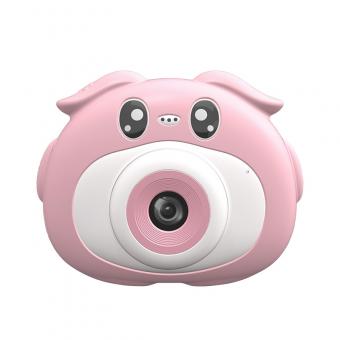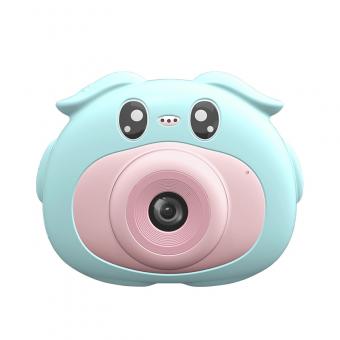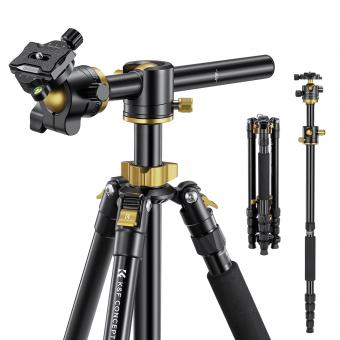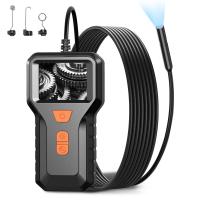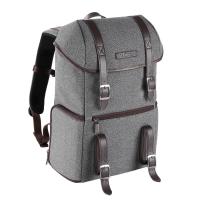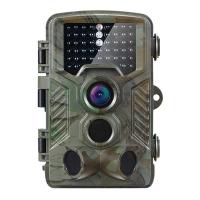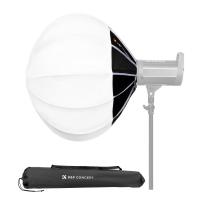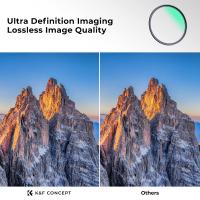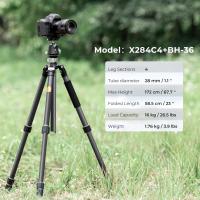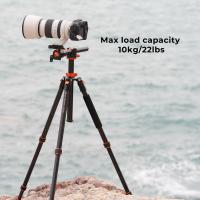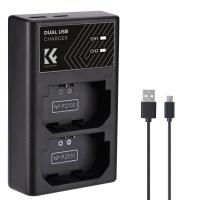How Digital Camera Multiple Shots ?
Digital cameras have a feature called "burst mode" or "continuous shooting mode" that allows them to capture multiple shots in quick succession. This mode is typically activated by holding down the shutter button, and the camera will continue taking photos until the button is released or the buffer memory is full. The number of shots that can be taken in a burst depends on the camera's specifications, such as its processing speed and buffer capacity. This feature is particularly useful for capturing fast-moving subjects or for situations where you want to increase the chances of getting a perfect shot by taking multiple frames in rapid succession.
1、 Burst mode: Capturing multiple images in rapid succession.
Burst mode is a feature found in most digital cameras that allows users to capture multiple images in rapid succession with just one press of the shutter button. This feature is particularly useful in situations where the subject is in motion or when you want to capture a series of fast-paced events.
When burst mode is activated, the camera's sensor continuously captures images at a high speed, typically ranging from 3 to 20 frames per second (fps), depending on the camera model. This allows you to capture a series of shots in quick succession, increasing the chances of getting the perfect shot.
The number of shots that can be taken in burst mode varies depending on the camera's buffer capacity and the speed of the memory card being used. Once the buffer is full, the camera may slow down or stop capturing images until it can transfer the data to the memory card.
In recent years, advancements in technology have led to improvements in burst mode capabilities. Some cameras now offer even higher frame rates, allowing for more shots to be captured in a shorter amount of time. Additionally, the buffer capacity has increased, enabling users to capture longer bursts of images before the camera slows down.
Burst mode is not only beneficial for capturing action shots but also for other photography genres such as wildlife, sports, and even street photography. It gives photographers the flexibility to choose the best image from a series of shots, ensuring that they don't miss any crucial moments.
In conclusion, burst mode is a valuable feature in digital cameras that allows for the capture of multiple images in rapid succession. With advancements in technology, burst mode capabilities have improved, providing photographers with more opportunities to capture the perfect shot.

2、 Continuous shooting: Taking a series of photos without interruption.
Continuous shooting, also known as burst mode or high-speed shooting, is a feature found in most digital cameras that allows users to capture a series of photos without interruption. This feature has become increasingly popular and is now a standard function in many cameras, including both professional DSLRs and compact point-and-shoot models.
The process of how digital cameras take multiple shots in continuous shooting mode is relatively straightforward. When the shutter button is pressed and held down, the camera's image sensor captures a rapid sequence of images in quick succession. The speed at which these images are captured can vary depending on the camera model, with some cameras capable of shooting at several frames per second.
Continuous shooting is particularly useful in situations where capturing a single moment is challenging, such as sports photography or wildlife photography. By shooting a series of images in quick succession, photographers increase their chances of capturing the perfect shot, ensuring they don't miss any crucial moments.
In recent years, advancements in technology have further improved the continuous shooting capabilities of digital cameras. Some cameras now offer even faster shooting speeds, allowing photographers to capture action at an incredibly high frame rate. Additionally, improvements in autofocus systems have made it easier to track moving subjects while shooting in continuous mode, resulting in sharper and more accurately focused images.
Furthermore, the introduction of mirrorless cameras has revolutionized continuous shooting. These cameras, which lack a mechanical mirror, can shoot at even higher speeds and offer silent shooting modes, making them ideal for situations where discretion is required.
In conclusion, continuous shooting is a valuable feature in digital cameras that allows photographers to capture a series of photos without interruption. With advancements in technology, this feature has become more powerful and versatile, enabling photographers to capture fast-paced action and fleeting moments with ease.

3、 Bracketing: Capturing multiple shots with different exposure settings.
Bracketing is a technique used in photography to capture multiple shots of the same scene with different exposure settings. This technique is commonly used to ensure that at least one of the shots will have the optimal exposure. Digital cameras have made bracketing much easier and more convenient than ever before.
To use bracketing on a digital camera, the photographer needs to set the camera to the bracketing mode and select the desired exposure increments. Once the shutter button is pressed, the camera will automatically capture a series of shots, each with a different exposure setting. The number of shots and the exposure increments can usually be customized based on the photographer's preferences.
The latest digital cameras offer advanced bracketing features that go beyond just exposure settings. Some cameras allow bracketing for white balance, focus, and even flash power. This allows photographers to capture a series of shots with different settings to ensure they have the best possible image.
Bracketing is particularly useful in situations where the lighting conditions are challenging or unpredictable. For example, when shooting landscapes with a bright sky and dark foreground, bracketing can help capture details in both areas. Similarly, in high-contrast scenes or when photographing subjects with strong backlighting, bracketing can help avoid overexposure or underexposure.
In addition to capturing multiple shots with different exposure settings, digital cameras also offer features like auto exposure bracketing (AEB) and high dynamic range (HDR) imaging. AEB automatically adjusts the exposure settings for each shot, while HDR combines multiple bracketed shots to create a single image with a wider dynamic range.
Overall, digital cameras have revolutionized bracketing by making it easier, more customizable, and offering additional features. This allows photographers to have more control over their images and achieve the desired exposure in challenging lighting conditions.

4、 Time-lapse photography: Creating a sequence of images over time.
Time-lapse photography is a technique that involves capturing a sequence of images over a period of time and then playing them back at a faster rate, creating the illusion of time moving quickly. Digital cameras have made it easier than ever to capture multiple shots for time-lapse photography.
To create a time-lapse sequence, a digital camera needs to have the ability to take multiple shots at regular intervals. This can be achieved through the camera's built-in intervalometer feature or by using an external intervalometer device. The intervalometer allows the photographer to set the desired time interval between each shot, ranging from seconds to minutes or even hours.
Once the intervalometer is set, the camera will automatically take a series of shots at the specified intervals. These shots can then be imported into a computer and compiled into a video using specialized software. The resulting video will show the passage of time in a condensed form, capturing the gradual changes that occur over an extended period.
In recent years, digital cameras have become more advanced, offering higher resolution sensors, improved image quality, and increased battery life. This has made it easier for photographers to capture high-quality time-lapse sequences. Additionally, some cameras now have built-in time-lapse modes that simplify the process even further, allowing users to select the desired interval and duration directly from the camera's menu.
Overall, digital cameras have revolutionized time-lapse photography by providing photographers with the tools and flexibility to capture stunning sequences of images over time. With the latest advancements in technology, the possibilities for creative time-lapse photography are endless.





